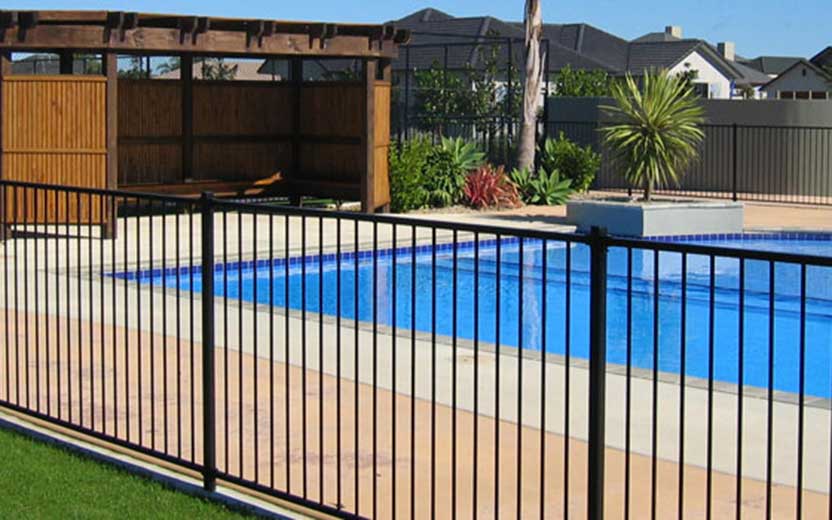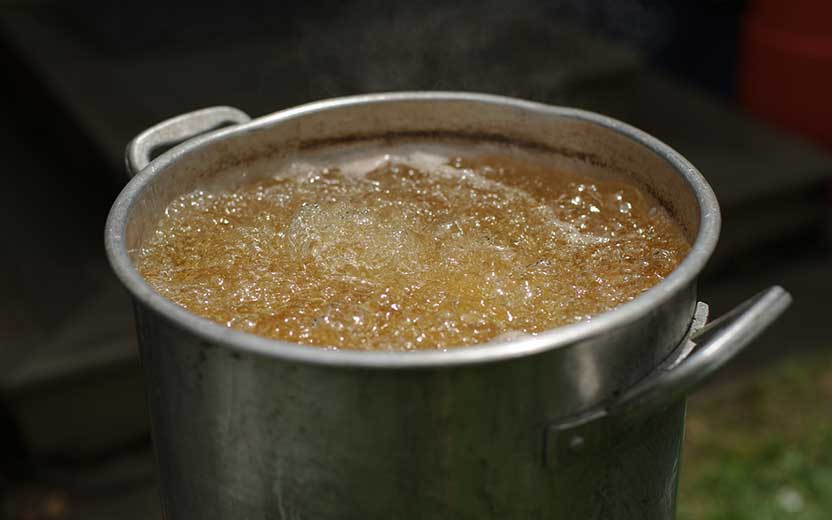By Marcus Fernandez
While many parts of the country only experience hot, humid weather during July and August, Tampa, Florida, residents learn to live with summer-like weather throughout most of the year. That may be ideal for outdoor activities, but it also increases the risk of heat-related illnesses, including heatstroke, particularly in infants and children.
According to data compiled by the United States Department of Transportation, 906 children have died from heatstroke after being left in cars and other types of motor vehicles. The average yearly death toll for children from vehicular heatstroke since 1998 is 38, but heatstroke deaths are preventable.
Here are tips for recognizing the signs of heatstroke and what to do if your child exhibits them. Also included are steps parents can take to prevent putting a child at risk of developing heatstroke. Lastly, we’ll cover how to seek legal advice when someone other than a parent, such as daycare facilities, are responsible.
How the body regulates its temperature
Your body has sensors that monitor its internal temperature and send signals to the brain allowing it to cause organs and other systems to make adjustments. Sweating and dilation of blood vessels just below the surface of the skin are a couple of the methods the body uses to lower internal temperature.
Sometimes, however, the natural cooling mechanism of the body cannot keep up with excessive heat and humidity and may cause a heat-related illness. Excessive sweating in hot and humid weather may deplete the body of salts and fluids and cause muscles to spasm or cramp. Unless a person experiencing cramps is moved into a cool location to rest while consuming fluids, such as water or a sports drink, their condition may get worse and develop into heat exhaustion or heatstroke.
What are the symptoms of heatstroke?
A child experiencing muscle cramps may have heat exhaustion or heatstroke, which are two heat-related illnesses that are more serious than heat cramps. Signs of heat exhaustion, in addition to muscle cramps, include the following:
- Dizziness, fainting or weakness.
- Increased thirst.
- Nausea or vomiting.
- Increased sweating.
- Headache.
- Cool, clammy skin.
- Increased body temperature that remains below 104 F.
A child with heat exhaustion should move to a cool location and drink water or sports drinks. Consult a medical professional if a child is too weak or sick to consume fluids.
Heat exhaustion can develop into heatstroke, which can be life threatening. Heatstroke is a medical emergency occurring when a child’s temperature exceeds 104 F. If left untreated, heatstroke may cause brain damage or death.
Other symptoms besides an elevated body temperature include:
- Nausea.
- Severe headache.
- Hot, flushed skin that feels dry to the touch.
- Rapid breathing.
- Rapid heart rate.
- Person appears confused.
- Weakness.
- Dizziness.
- Loss of consciousness.
- Seizures.
A lot of the outward symptoms of heatstroke are similar to heat exhaustion. However, the fact that a person stops sweating may indicate they have heatstroke.
If you suspect that your child has heatstroke, call 911 and request immediate medical assistance. While waiting for emergency medical personnel to arrive, move the child into the shade or to a cool location indoors. Use a sponge or cloth to douse the child with cool water to bring down their body temperature.
Tips to protect children from heatstroke
Parents and organizers of outdoor sports and school activities should monitor weather conditions and avoid holding such activities during extreme heat or humidity. When children participate in outdoor activities on hot, sunny days, parents and coaches should encourage them to drink fluids throughout the course of the activity. Teach them that the time to rehydrate is before they become thirsty.
Never leave children alone in a parked vehicle. Even with windows open and the air conditioning running, the interior temperature of a vehicle can increase to deadly levels. Some of the steps to take to prevent a child from being intentionally or accidentally left in a vehicle include:
- Always check the front and rear areas of the vehicle when parking to ensure that everyone got out.
- Lock your car to prevent a child from getting back into it without your knowledge.
- Keep your car keys out of the reach of children to prevent them from getting into a parked vehicle.
Putting something that you need to take with you, such as a briefcase or purse, in the back seat can serve as a reminder to check for a child who may have fallen asleep and be forgotten when you exit.
Liability issues involving children and heatstroke
When left in the care of schools, sports organizations, camps and daycare facilities, those parties responsible for the welfare of the child may be deemed negligent and ordered to pay damages for injuries due to heatstroke. Consult a Tampa personal injury attorney if your child suffered from heatstroke while in the care of another party or organization.


